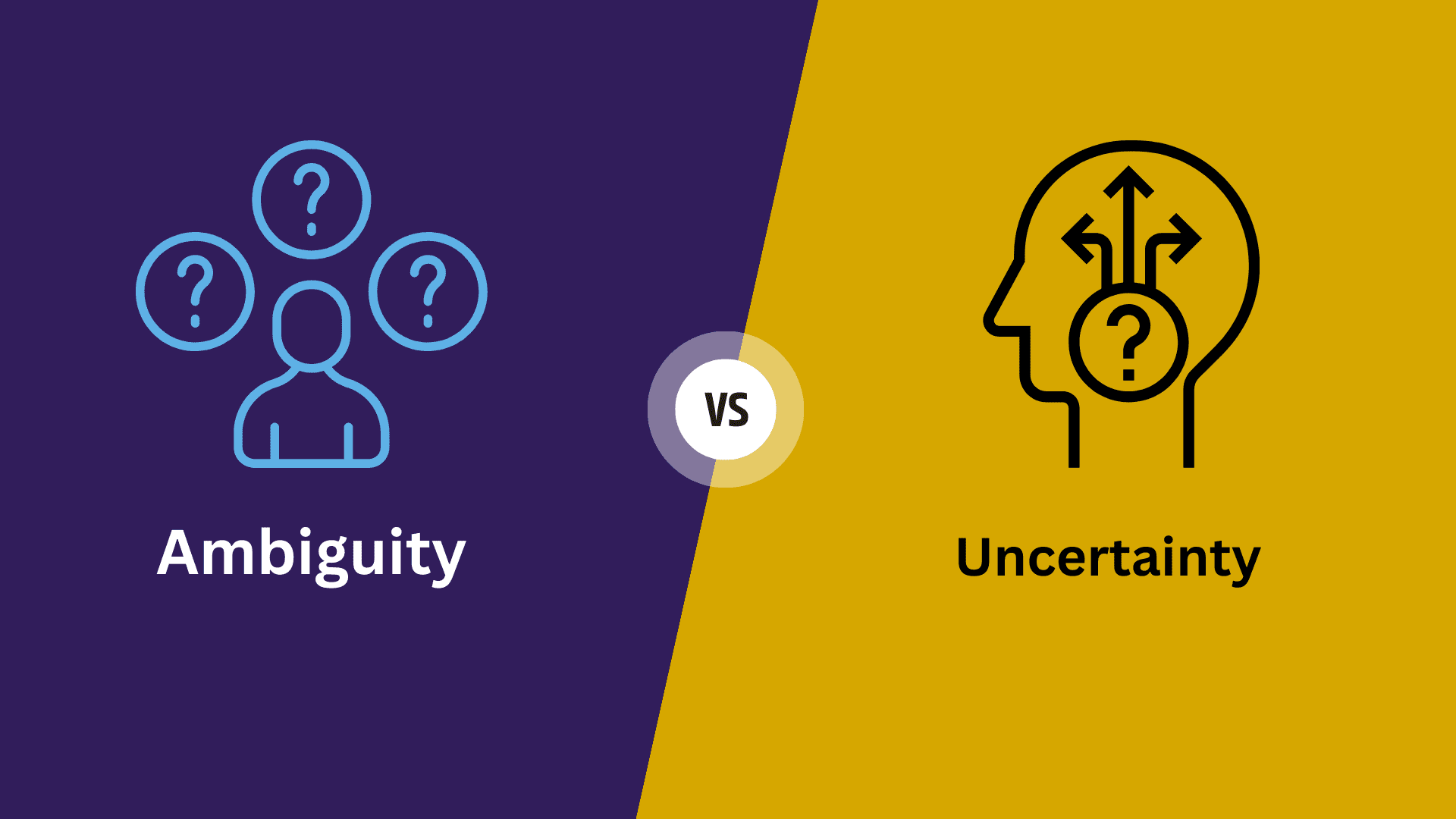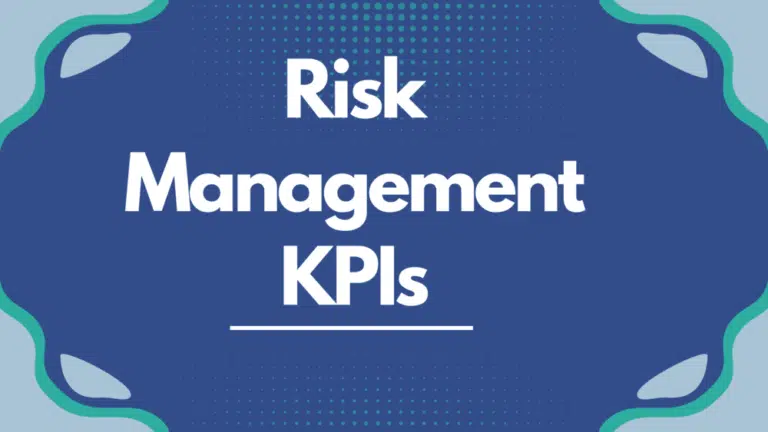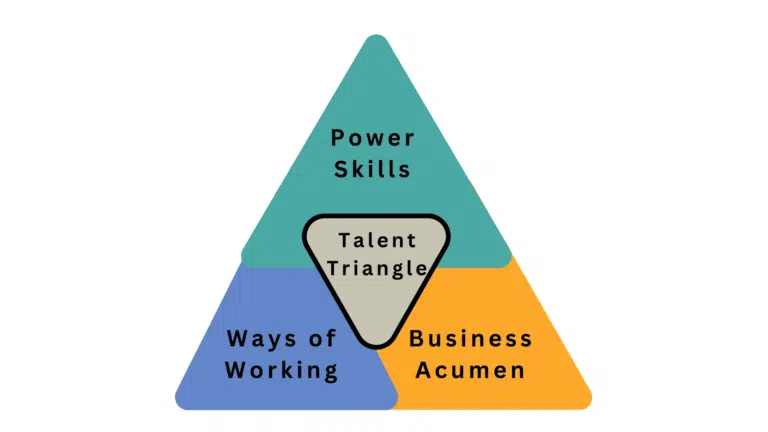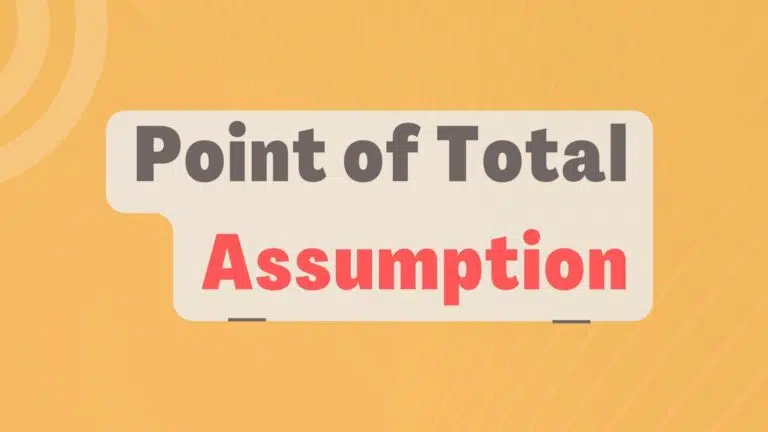Ambiguity and uncertainty are often interchangeably used, but they have different meanings and uses in project management. You must understand the difference between these concepts to respond better when dealing with ambiguous and uncertain situations.
This blog will discuss the ambiguity, uncertainty, their differences, and examples.
Ambiguity
Ambiguity is a lack of clarity or precision in the meaning of a word, phrase, or situation. It arises when something can be interpreted in multiple ways, thus leaving room for different understandings or perspectives.
Ambiguity refers to the idea that there are multiple ways to interpret policies (Zahariadis, 2008).
Source: Open Edition Journal
For example, the “Contact Us” page link must be on the home page. This instruction is not clear, so the designer can add a “Contact Us” link to either the header or footer.
Another example can be due to unclear roles and responsibilities, team members are in ambiguity to carry out the tasks.
Dealing with ambiguity requires navigating through uncertain terrain where the paths forward are not clearly marked. It often involves making sense of incomplete or conflicting information, relying on intuition and past experiences, or seeking clarification from others.
While ambiguity can be uncomfortable or challenging, it also offers opportunities for creativity, innovation, and exploration as individuals grapple with different interpretations and possibilities.
Uncertainty
Uncertainty is a lack of knowledge or predictability about a situation. Uncertainty can stem from various sources (e.g., randomness, complexity, or insufficient information).
For example, in financial markets, uncertainty arises due to unpredictable factors such as changes in government policies, economic conditions, or unexpected events like natural disasters.
In uncertainty, you have doubts. A situation can be uncertain but not ambiguous. You can have doubts about certain situations while not having any doubts about ambiguous situations.
Managing uncertainty involves assessing probabilities, identifying risks, and making decisions based on the available information while acknowledging any knowledge limitations.
Ambiguity and uncertainty pose challenges during decision-making processes and require different approaches to address them. You need more information and clarification to avoid an ambiguous situation, while uncertainty requires contingency plans, fallback plans, and risk assessment.
Summary
Ambiguity is a lack of clarity which causes multiple interpretations of information or situations, while uncertainty is the unpredictability or lack of knowledge about future events or outcomes. Both concepts play significant roles in decision making and managing complex situations. Recognizing and addressing ambiguity and uncertainty are essential project management skills.

I am Mohammad Fahad Usmani, B.E. PMP, PMI-RMP. I have been blogging on project management topics since 2011. To date, thousands of professionals have passed the PMP exam using my resources.







